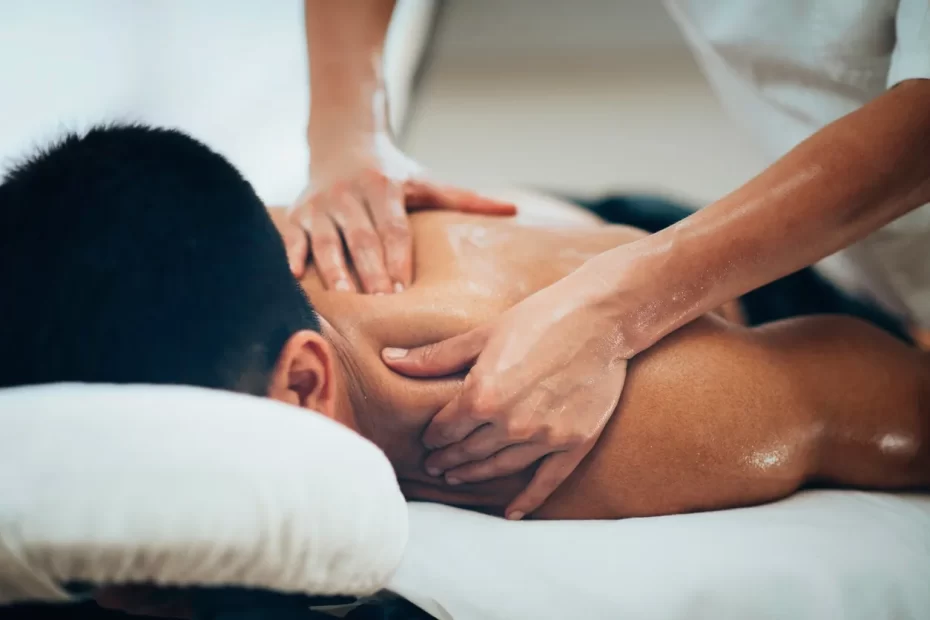Understanding the Professional Applications of Relaxation and Rehabilitative Massage Therapy
Massage therapy has long been recognized as a valuable component of integrative health care, with techniques evolving and diversifying to support both general wellness and targeted therapeutic outcomes. As the field continues to gain professional recognition, understanding the distinctions between the types of massage therapies is essential for both clients and providers. Among the most commonly applied approaches in clinical and spa settings are Recovery (Relaxation) Massage Therapy and Rehabilitative (Therapeutic) Massage Therapy—each with distinct goals, techniques, and clinical applications.
In this blog, we will provide a professional breakdown of these two massage modalities, highlighting their techniques, indications, and expected outcomes.
Recovery (Relaxation) Massage Therapy
Overview:
Recovery massage, also known as relaxation or wellness massage, is intended to activate the parasympathetic nervous system—encouraging the body to relax, reduce mental and physical stress, and support general well-being. This modality is often used as a preventive health measure to maintain balance in the body and mind.
Techniques Used:
- Swedish Massage Techniques: Long, flowing effleurage strokes, gentle kneading (petrissage), rhythmic tapping (tapotement), and passive stretching.
- Manual Lymphatic Drainage (MLD): Light-pressure techniques to assist lymph movement and support immune function.
- Aromatherapy Integration: Use of calming essential oils to enhance relaxation response.
Clinical Benefits:
- Reduction in stress hormones (e.g., cortisol)
- Improved circulation and lymphatic flow
- Enhanced sleep quality
- General relief from muscular fatigue and stiffness
- Mental clarity and mood regulation
Best Suited For:
Clients experiencing high levels of stress, mental fatigue, sleep disturbances, or general muscle tension. This therapy is particularly beneficial in wellness, corporate, or spa settings and is often recommended as part of a self-care regimen.
Rehabilitative (Therapeutic) Massage Therapy
Overview:
Rehabilitative massage therapy is outcome-based and medically oriented. It targets specific musculoskeletal issues and is often prescribed or recommended in collaboration with physical therapists, chiropractors, or medical doctors. This approach is used to assist in the healing process of injuries, post-surgical recovery, chronic pain syndromes, and functional movement impairments.
Techniques Used:
- Deep Tissue Therapy: Applied to deeper muscle layers to break down adhesions and scar tissue.
- Myofascial Release (MFR): Slow, sustained pressure to stretch and release restrictions in fascia.
- Trigger Point Therapy: Focused pressure on hyperirritable nodules in muscle tissue to relieve referred pain.
- Neuromuscular Therapy (NMT): Addresses nerve and muscle imbalances contributing to dysfunction.
- Active Release Technique (ART): Used to treat soft tissue disorders by combining movement with precise pressure.
- Orthopedic Massage: Advanced assessment-driven techniques tailored to injury and surgical recovery.
Clinical Benefits:
- Increased range of motion and joint mobility
- Reduced inflammation and muscular pain
- Improved postural alignment and biomechanics
- Accelerated recovery from injury or surgery
- Support for chronic conditions (e.g., sciatica, fibromyalgia, carpal tunnel syndrome)
Best Suited For:
Clients recovering from injury, managing chronic conditions, or addressing structural and functional imbalances. Rehabilitative massage therapy is typically part of an interdisciplinary treatment plan and is commonly practiced in medical, chiropractic, or sports rehabilitation settings.
Key Differences: A Professional Comparison
Aspect
Recovery Massage Therapy
Rehabilitative Massage Therapy
Primary Goal
Relaxation, stress reduction
Pain relief, injury recovery, functional repair
Pressure Level
Light to moderate
Moderate to deep, targeted
Techniques Employed
Swedish, MLD, aromatherapy
Deep tissue, MFR, ART, trigger point therapy
Treatment Focus
Whole-body wellness
Specific areas of dysfunction
Session Outcome
Calm nervous system, reduced tension
Restored mobility, reduced pain, enhanced healing
Best Environment
Spa, wellness centers
Clinics, rehabilitation facilities
Conclusion
Both recovery and rehabilitative massage therapies serve important roles in comprehensive health care. Recovery massage provides essential support for mental and physical balance, while rehabilitative massage addresses specific conditions with a targeted, clinical approach.
For optimal results, it’s recommended to consult a licensed and credentialed massage therapist who can assess your individual needs and goals—possibly in collaboration with physical therapists or health coaches for a fully integrative treatment plan. Whether you’re seeking to reduce stress or recover from injury, the right therapeutic strategy can make a significant difference in your long-term wellness.
